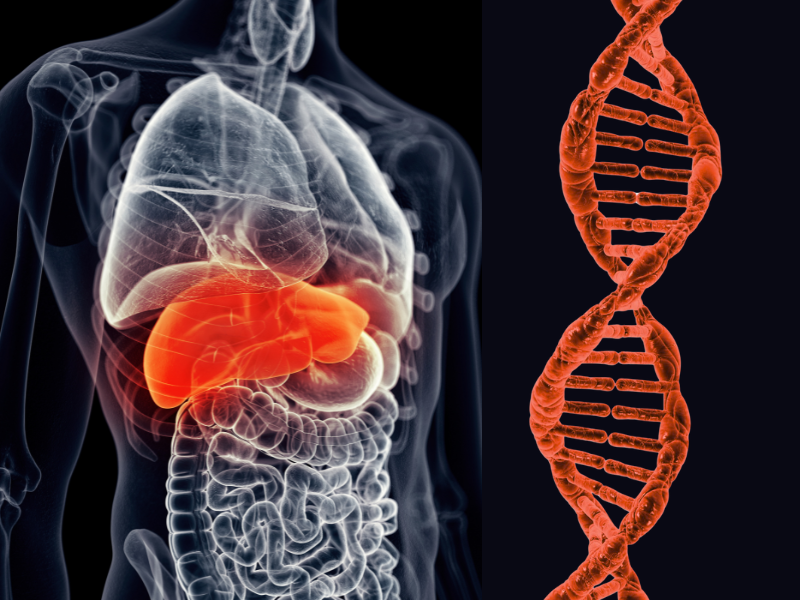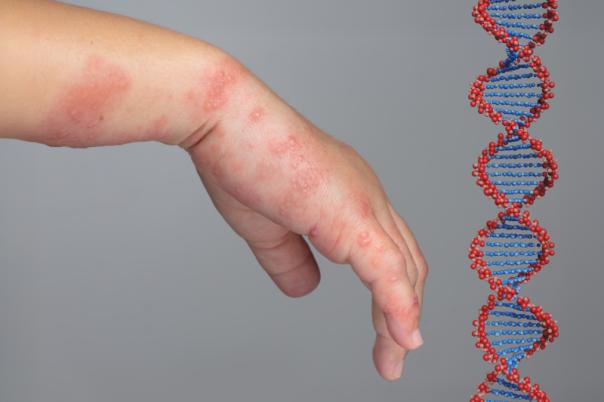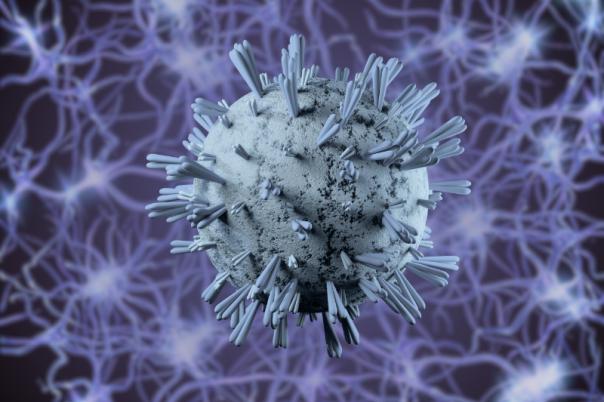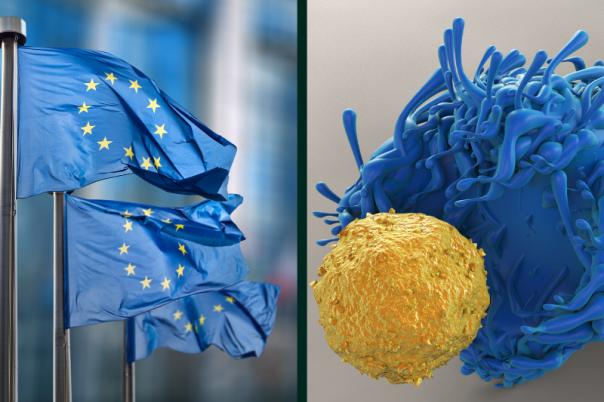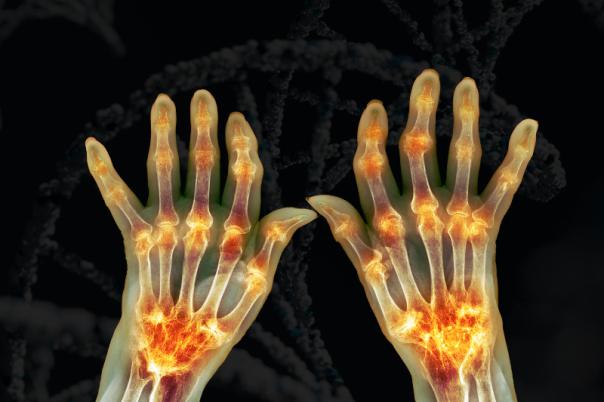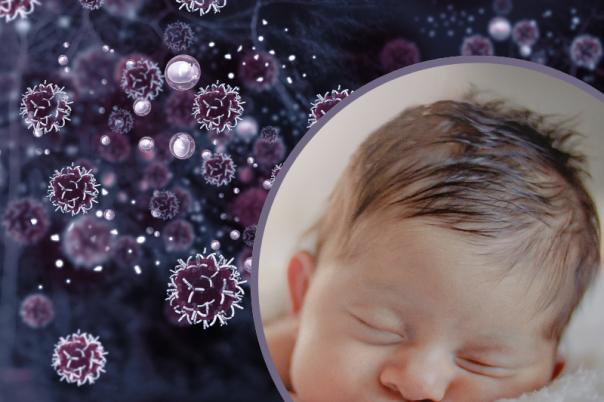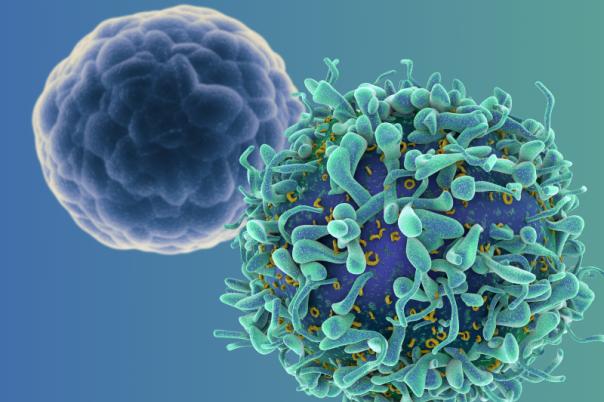Researchers at the San Raffaele Telethon Institute for Gene Therapy have found that targeting clonogenic hepatocytes could improve the effectiveness and durability of paediatric gene therapies.
The study, published in the Journal of Hepatology, found that a subset of 15-20% of clonogenic hepatocytes in newborn mice were responsible for generating over 90% of the adult liver tissue.
Furthermore, the team were able to increase the proportion of gene edited cells in the liver by preferentially targeting this cell subset. This means specifically targeting these cells could in theory increase the efficacy and durability of paediatric gene therapies.
In order for a single paediatric dose of gene therapy to be expressed durably long term, it is important that gene edits persist throughout liver growth. The paper outlines that it aimed to study how hepatocyte heterogeneity evolves during that process of liver growth, and its implications for in vivo gene engineering.
The team investigated the way in which liver cells proliferate and grow in early life. They employed a combination of single cell spatial transcriptomics and clonal tracing on mouse livers to do so.
Study Co-First Author and Project Leader of the Liver Gene Therapy Unit, Michela Milani, told Drug Target Review: “Using spatial transcriptomics, we captured the precise localisation and transcriptional identity of hepatocytes during postnatal liver growth. It gave us an unprecedented view into how different hepatocyte subsets proliferate and mature.”
The reports that, “not all hepatocytes contribute equally to liver growth, indicating that effectively targeting clonogenic hepatocytes in the newborn liver is crucial for the long-term maintenance of therapeutic genetic modifications.”
“This study extends our understanding of how the liver grows and matures and how we can intervene early in life to durably correct genetic diseases,” Alessio Cantore, senior and corresponding author told Drug Target Review.
“By identifying the specific hepatocytes that fuel liver growth – and how they respond to gene delivery – we can now rationally design more effective and lasting therapies for children.”
